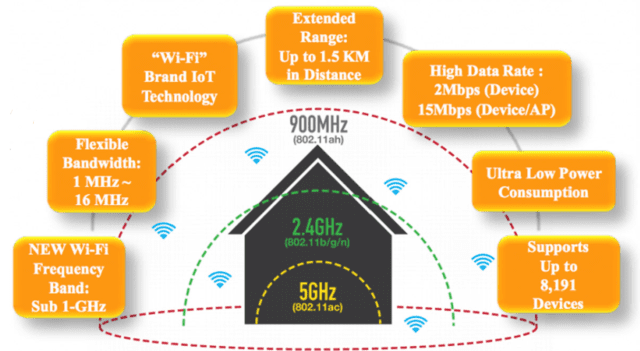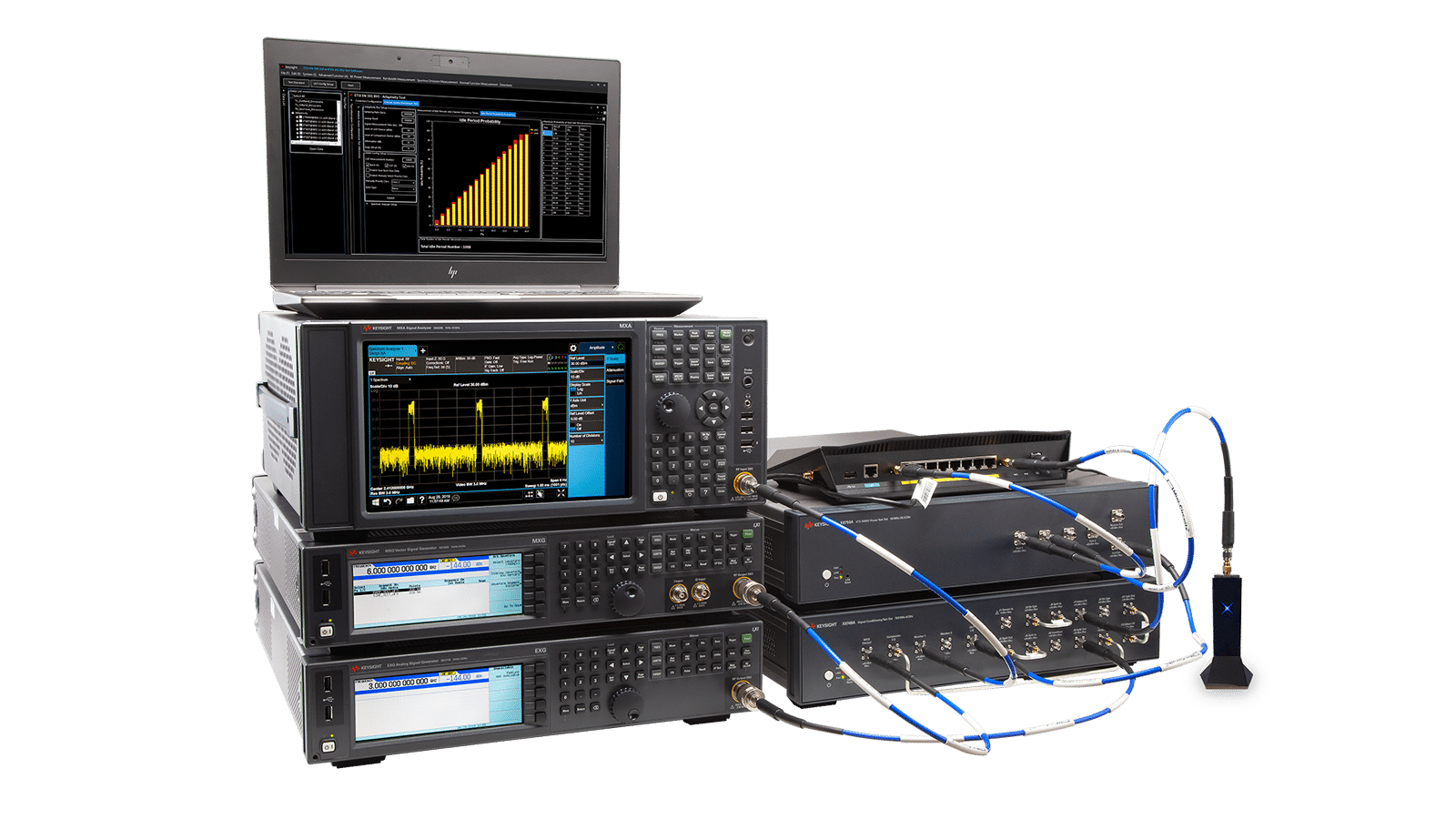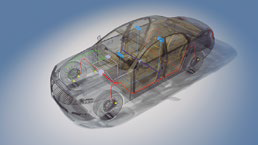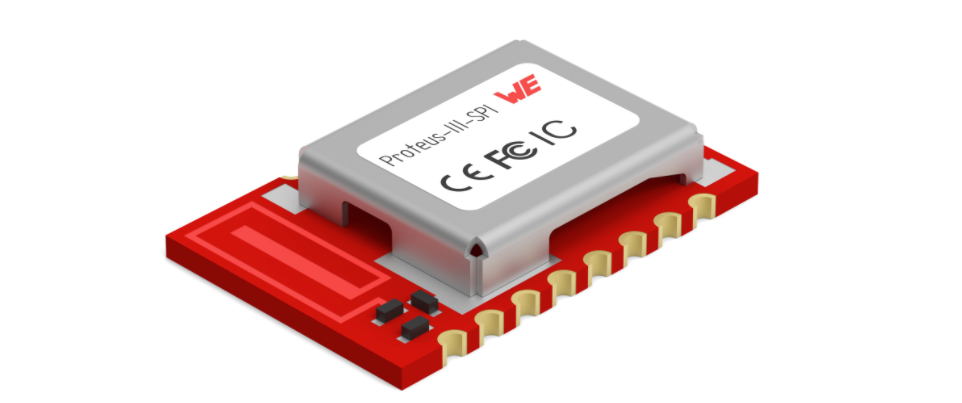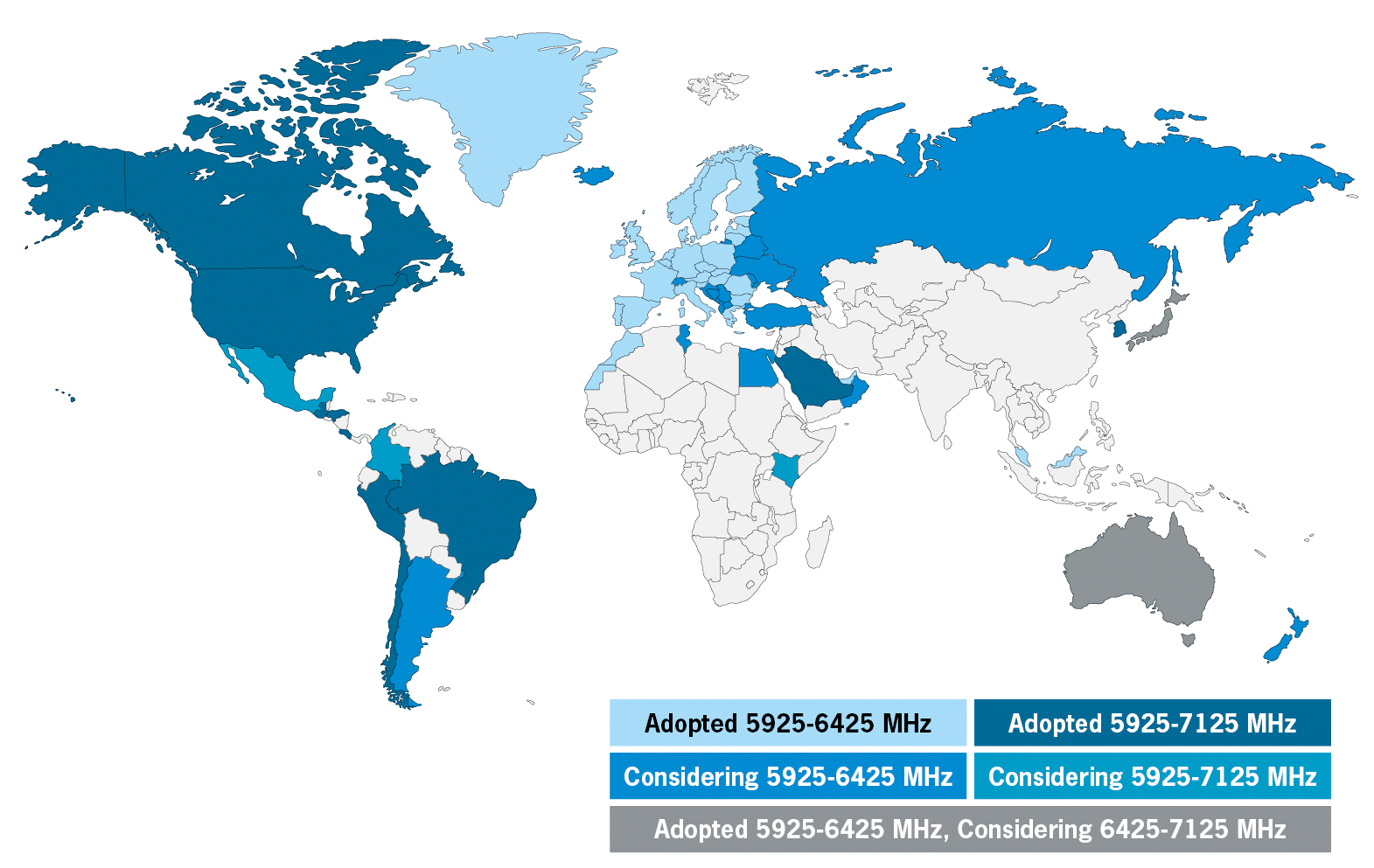High data speeds and easy network structure have made Wi-Fi one of the most popular wireless standards. But Wi-Fi has a weak point – its low range. This is why the Wi-Fi Alliance developed IEEE 802.11ah to increase the distance of the wireless signal. The first module to meet this standard is already on the market.
Unlike the usual standards, which operate in either the 4 or 802.11 GHz bands, IEEE XNUMXah – also known as Wi-Fi HaLow – uses the XNUMX MHz uncertified (free-use) frequency band for the broadcast. This makes it a part of the LPWAN (Low-Power Wide-Area Networking) suite of technologies as well as LoRa and Sigfox.
The use of the lower frequency bands means that HaLow achieves a range of up to 4 kilometers, almost double the distance of Wi-Fi standards based on XNUMX or XNUMX GHz. This is a compelling perspective not only for those applications in smart homes (home automation), but also in multiple Internet of Things (IoT) scenarios such as industrial corporate networks in large facilities and agriculture, health and smart cities.
Wi-Fi Goes through walls more easily
Wi-Fi HaLow also establishes a very stable connection – since there are at least ten dB more headroom in the link count compared to 4 GHz WiFi – a wireless signal can thus pass through walls or other obstacles more efficiently. It is possible to support a theoretical maximum of up to 802.11 devices per access point; Silex's first XNUMXah Wi-Fi module for IoT devices (please see below) supports XNUMX nodes per access point.
In a practical test, Silex was able to successfully transmit data over 100 connections and thirty fixed devices, essentially simultaneously.
This new version of Wi-Fi is also attractive for mobile applications such as wearable devices and sensors – a data rate of at least 1 Kbit/s is available when using a XNUMX MHz channel.
If the sensors are only active when new data needs to be transmitted, this can be achieved with minimal energy expenditure in combination with a low consumption data modem, making Wi-Fi HaLow ideal when connecting many smaller devices. By bundling multiple channels, it is possible to increase the data rate somewhat. Interoperability between 802.11ah devices from different brands is also ensured, with WLAN encryption standards WPA2-PSK, WPA3SAE and WPA3-OWE ensuring secure data transmission.
Therefore, IEEE 802.11ah or Wi-Fi HaLow brings together the advantages of Wi-Fi and LPWAN technologies, giving not only a longer range, but also a higher data rate. However, the technology is still in its infancy and the infrastructure is still under development, and little by little, more and more standard-compliant devices are appearing on the market.
First HaLow components
One of the pioneering companies was the Japanese manufacturer Newracom, which developed the first HaLow Wi-Fi chip for IoT applications in October 2019. This chip was presented as the standard at the Mobile World Congress 7292. Newracom won the “Best Wi-Fi IoT Product 802.11” award in XNUMX for the NRCXNUMX, the first Wi-Fi HaLow SoC to support IEEE XNUMXah.
Another pioneer of this new standard is Silex. The SX-NEWAH, the first 802.11ah Wi-Fi module for IoT devices, will soon be available through Rutronik. The distributor is already providing samples of the EU (US) version. This module, which is also based on Newracom's NRC7292 SoC, is the first industrial Wi-Fi model to operate in the sub-GHz band. This means that it offers each and every one of the benefits of the new Wi-Fi technology:
• Greater range and stable connections, even through walls or in unfavorable environmental conditions with at least ten dB more than 4 GHz Wi-Fi
• Low power consumption to support a multi-year battery life
• Data rates up to fifteen Mbit/s with TCP/IP support
• A high number of devices per access point (both repeaters and gateways are no longer necessary)
• IP connectivity: the module can be integrated into existing IP networks
• High security: Enterprise Wi-Fi Security and WPA3
• Interoperability with 802.11ah devices from different brands
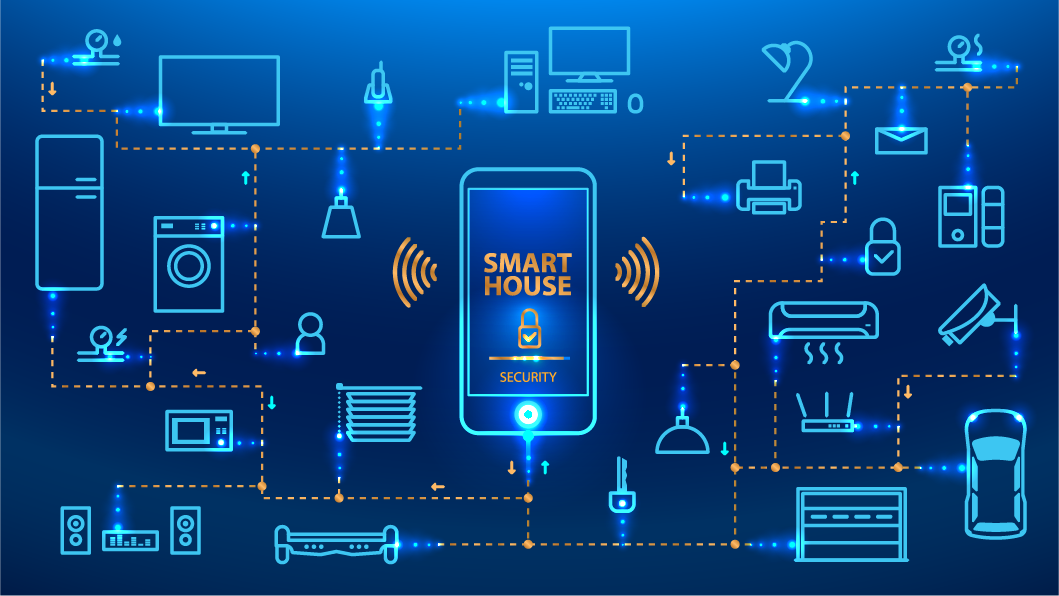
Author Kerstin Nasser, Wireless Product Sales Manager Rutronik


